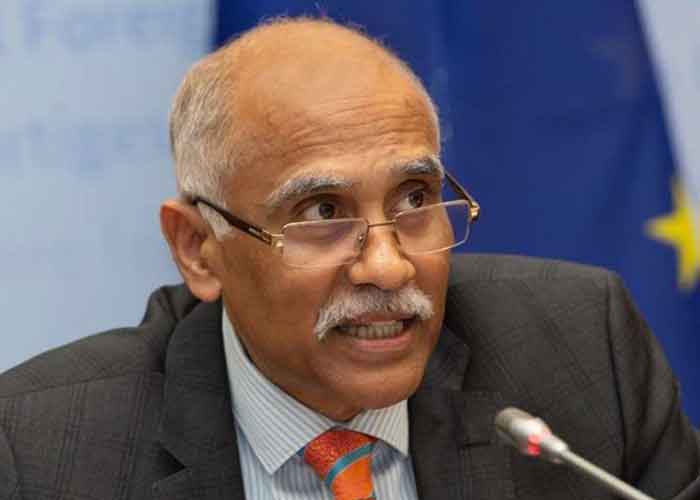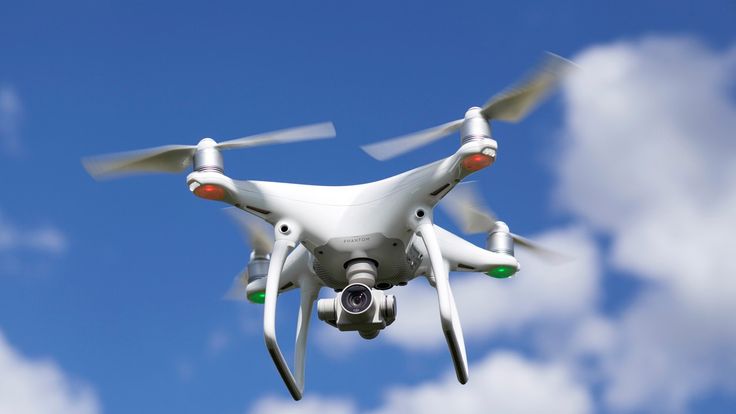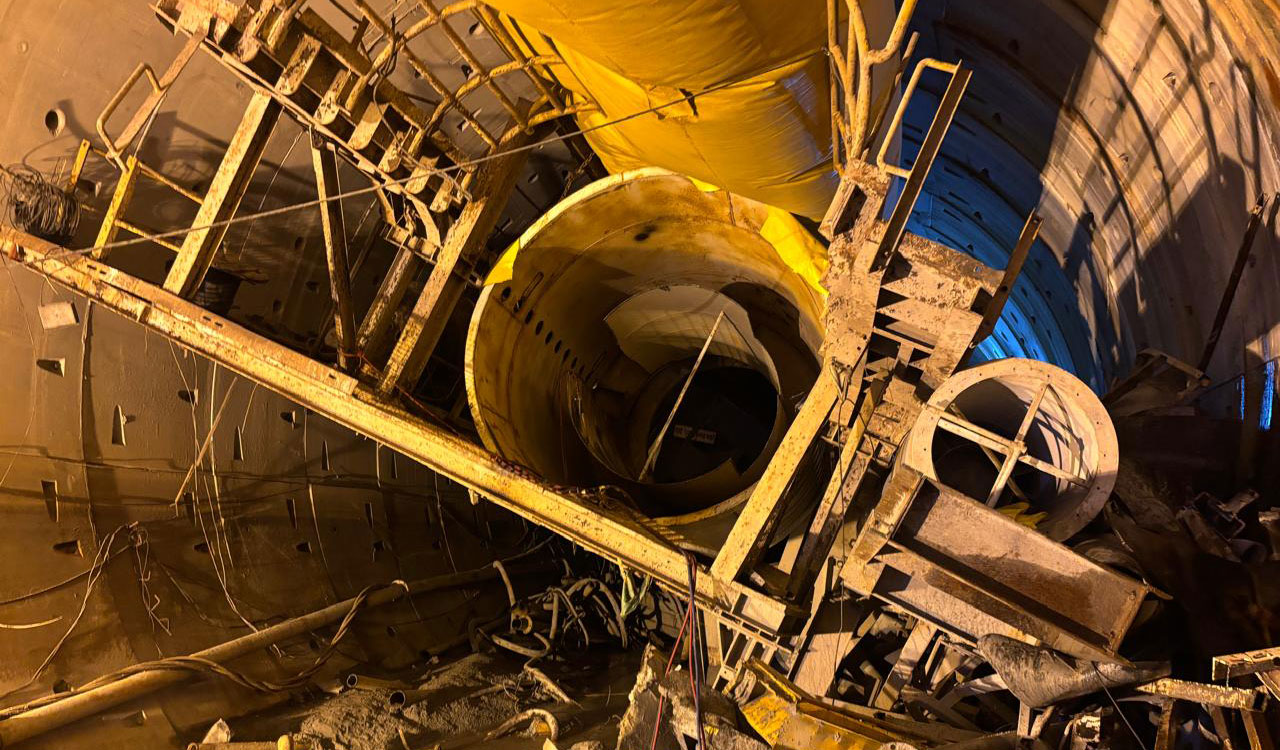NASA testing space nuclear reactor to empower humans on Mars
Thu 16 Nov 2017, 13:31:19
NASA is testing a space nuclear reactor that could 'empower' future astronauts on the surface of Mars, by energising habitats and running on-the-spot processing equipment to transform resources on the red planet into oxygen, water and fuel.
The pioneering Kilopower reactor represents a small and simple approach for long-duration, sun-independent electric power for space or extraterrestrial surfaces.
Offering prolonged life and reliability, such technology could produce from one to 10 kilowatts of electrical power, continuously for 10 years or more.
The prototype power system uses a solid, cast uranium-235 reactor core, about the size of a paper towel roll. Reactor heat is transferred via passive sodium heat pipes, with that heat then converted to electricity by high-efficiency Stirling engines.A Stirling engine uses heat to create pressure forces that move a piston, which is coupled to an alternator to produce electricity, similar in some respects to an automobile engine.
"The Kilopower test program will give us confidence that this technology is ready for space flight development. We'll be checking analytical models along the way for verification of how well the hardware is working," said Lee Mason, from NASA's Space Technology Mission Directorate (STMD).
"A space nuclear reactor could provide a high energy density power
source with the ability to operate independent of solar energy or orientation, and the ability to operate in extremely harsh environments, such as the Martian surface," said Patrick McClure, project lead on the Kilopower work at the Los Alamos National Laboratory in the US.
source with the ability to operate independent of solar energy or orientation, and the ability to operate in extremely harsh environments, such as the Martian surface," said Patrick McClure, project lead on the Kilopower work at the Los Alamos National Laboratory in the US.
Having a space-rated fission power unit for Mars explorers would be a game changer, Mason said. No worries about meeting power demands during the night or long, sunlight-reducing dust storms."It solves those issues and provides a constant supply of power regardless of where you are located on Mars. Fission power could expand the possible landing sites on Mars to include the high northern latitudes, where ice may be present," he said.
The novel energy-providing technology also makes possible a modular option for human exploration of Mars. Small enough in size, multiple units could be delivered on a single Mars lander and operated independently for human surface missions.
In step-wise fashion, with safety as a guiding principle, Mason said the Kilopower hardware will undergo a full-power test lasting some 28 hours.Moving the power system from ground-testing into a space system is an achievable objective, said Don Palac, Kilopower project manager.
Looking into the future, Mason suggested that the technology would be ideal for furthering lunar exploration objectives too.
No Comments For This Post, Be first to write a Comment.
Most viewed from Specials
Most viewed from World
AIMIM News
Latest Urdu News
Most Viewed
May 26, 2020
Do you think Canada-India relations will improve under New PM Mark Carney?
Latest Videos View All
Like Us
Home
About Us
Advertise With Us
All Polls
Epaper Archives
Privacy Policy
Contact Us
Download Etemaad App
© 2025 Etemaad Daily News, All Rights Reserved.












































